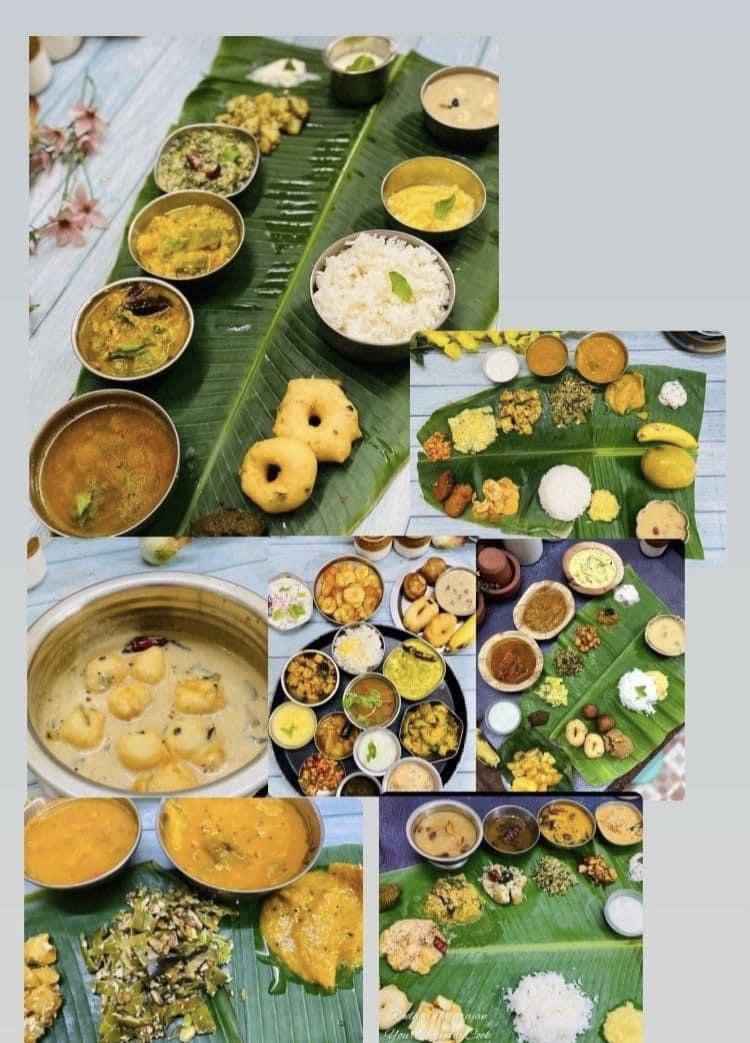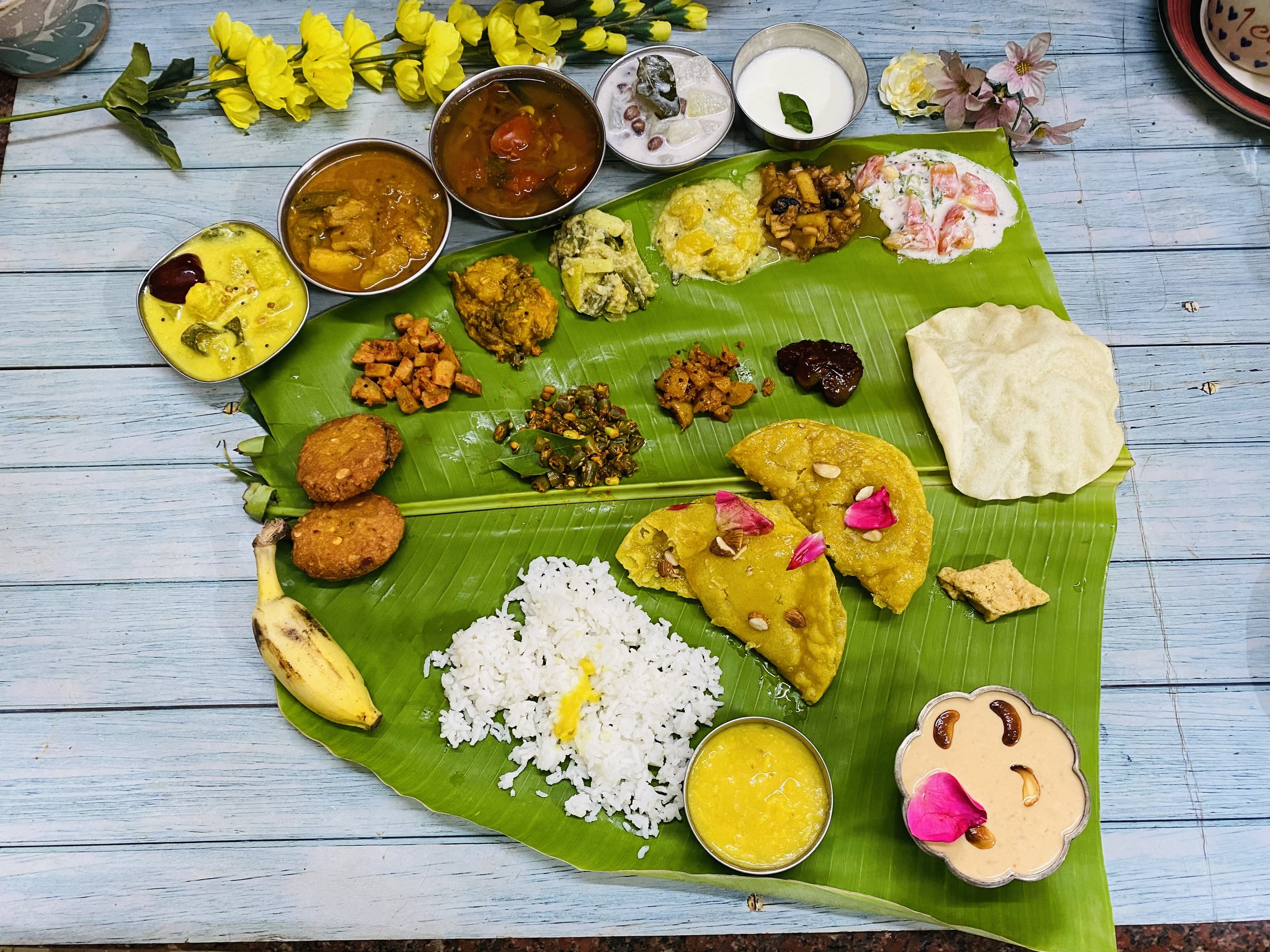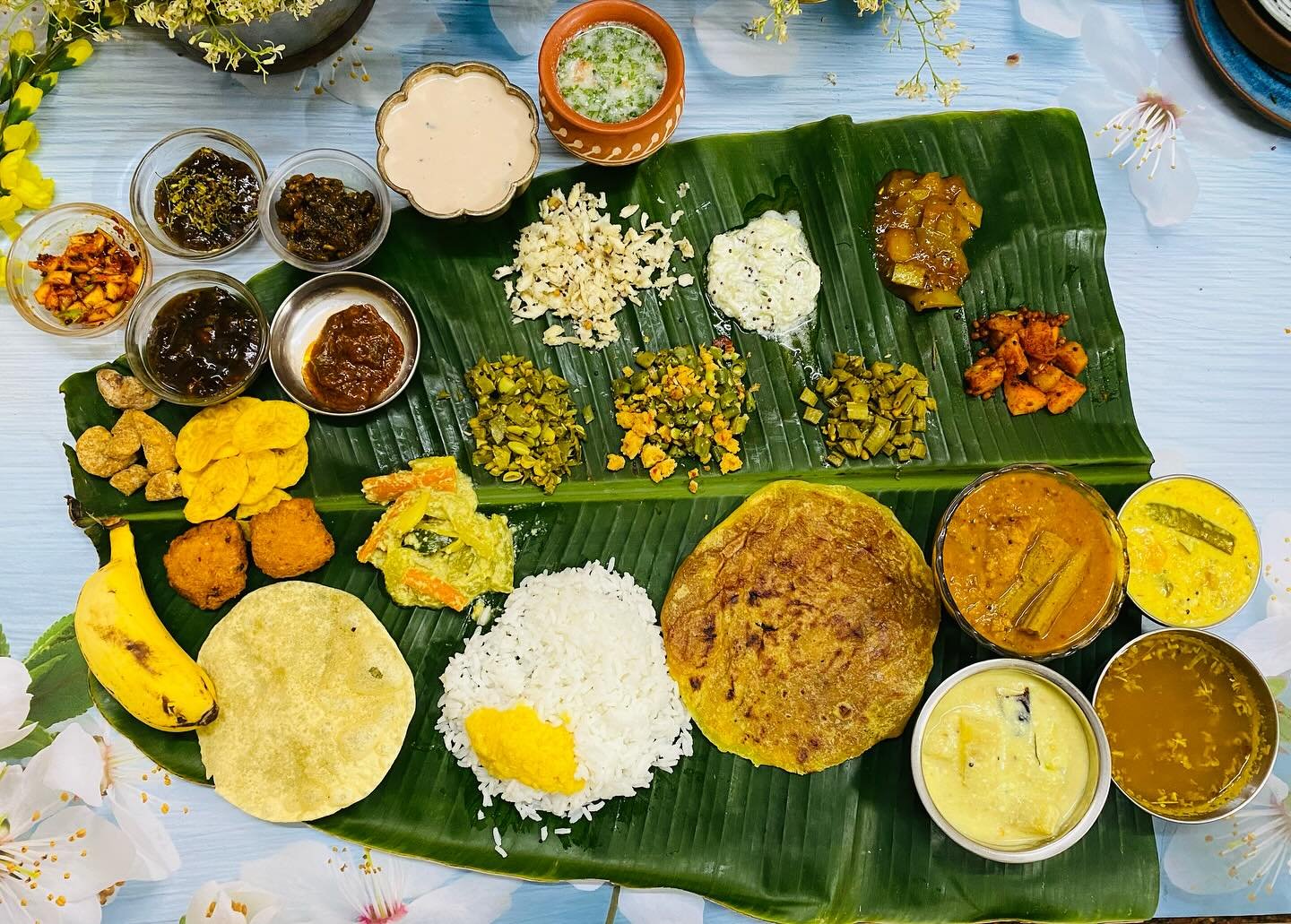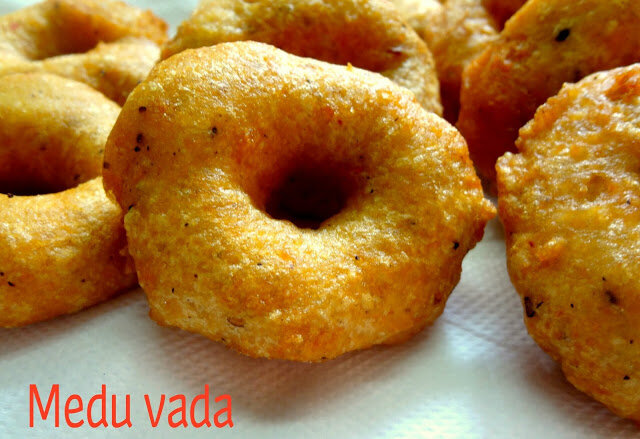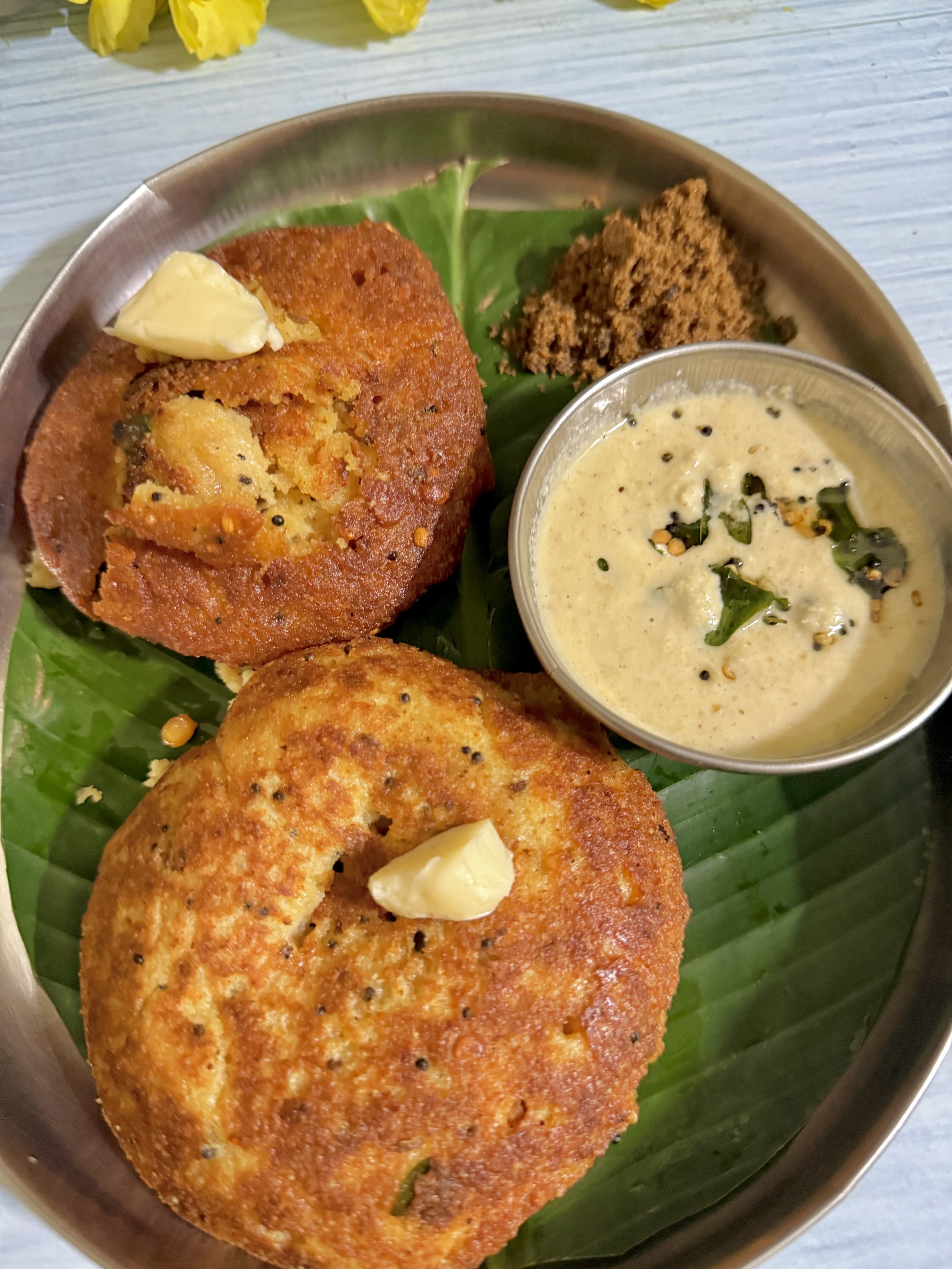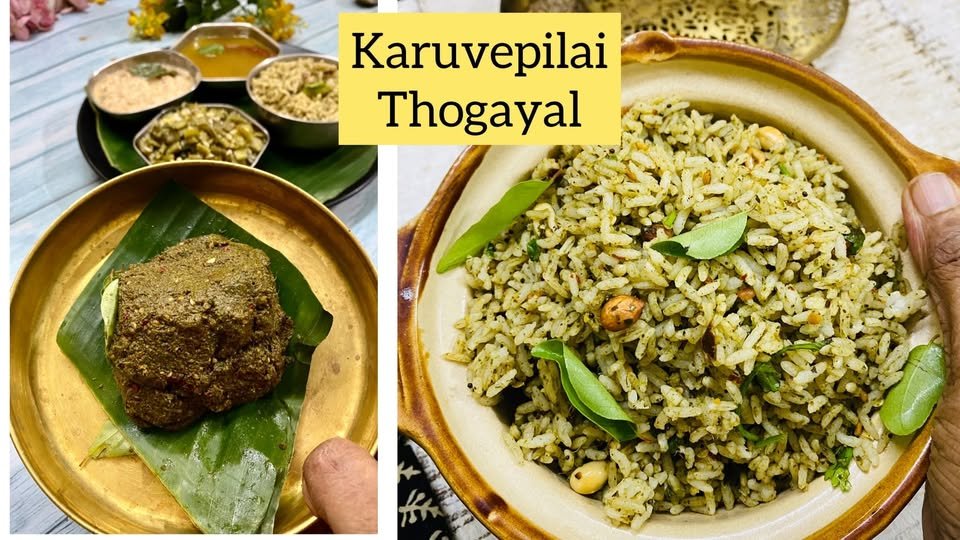Barnyard Millet Neer dosa
Barnyard millet Neer dosa
I am currently experimenting with several recipes that involve substituting millets for rice. Given that I have previously discussed the significance and health benefits of incorporating millets into one's diet, I won't reiterate those points here. For more information, please refer to various millet recipes on this blog or explore the internet for insights into the health benefits of millets.
Neer dosa serves as a convenient breakfast option on mornings when I lack pre-prepared batter or desire a quick and healthy meal. It happens to be my preferred breakfast choice due to its simplicity, requiring minimal planning except for the soaking process. If you find yourself groggy-eyed in the kitchen, contemplating what to prepare for breakfast, fret not. Simply soak rice or millets in water with a teaspoon or half a teaspoon of fenugreek seeds. After dealing with your morning tasks, approximately three hours later, you can effortlessly grind and make the dosas without the need for fermentation. Even though my batter is often ready in the midst of my cooking, that short resting time is all I typically allow.
In this particular recipe, I've included methi and rice flour, but it's essential to note that these additions are entirely optional. Traditional neer dosa recipes typically feature only rice and coconut ground into a batter, so please don't be confused by these optional inclusions. To maximize the nutritional benefits of millets, it's recommended to soak them for an extended period. If you intend to enjoy quick and healthy breakfasts, consider soaking the millets overnight for optimal benefits. Grind them first thing in the morning, and you'll have a delicious and nutritious start to your day.
Ingredients:
1 cup millets ( Barnyard Millets ) soaked for 3 hours
1/2 tsp methi seeds (Optional)
2 tbsp rice flour ( optional)
2-3 tbsp fresh grated coconut or 1/2 cup if yopu love the taste of coconut .
By grinding only millets, with coconut without adding methi and rice flour will give you good neer dosas.
Method:
Rinse and soak millets and methi seeds for a minimum of 3 hours.
Grind them into a smooth batter, incorporating rice flour, methi seeds, and coconut. Add salt. No fermentation is necessary, but you can let the batter rest for 15 minutes if preferred.
Afterward, dilute the batter to achieve a pouring consistency similar to rava dosa batter. Heat a dosa griddle, grease it, and wipe it thoroughly; an onion cut in half can also be used for this purpose. Pour a ladleful of batter all over the griddle.
Allow the dosa to form natural holes, similar to neer dosa. Avoid spreading the batter like a regular dosa; instead, employ a technique similar to making rava dosa. Begin with a hot griddle, then reduce the heat to medium until the dosa is well-cooked.
To achieve a crispy edge, apply a small amount of oil around the dosa's edges. Optionally, cover and cook. There's no need to flip the dosa.
Serve with your choice of chutneys or sambar.
Similar to neer dosa, you have the option to enhance the aroma and softness by adding coconut during the grinding process or incorporating 2 tbsp of coconut milk powder in the batter. This step is purely optional, and in this particular recipe, coconut was not used.
Beginners need not worry about achieving very thin dosas. If you're new to dosa-making, consider making the batter slightly thicker for tasty results.
When grinding the batter, refrain from adding all the water at once. Test the batter consistency by making one dosa, and adjust by diluting further if necessary.
A crucial tip: Stir the batter from top to bottom every time you prepare a dosa, as the batter tends to be thicker at the bottom.
To prepare the dosa:
Grind the batter to a smooth consistency, including rice flour, methi seeds, and coconut. Add salt. No fermentation is required, but you can let the batter rest for 15 minutes if desired.
Dilute the batter to achieve a pouring consistency similar to rava dosa batter. Heat a dosa griddle, grease it, and wipe it thoroughly; you can use a cut onion for wiping. Pour a ladleful of batter over the griddle.
Allow the dosa to form natural holes, similar to neer dosa. Instead of spreading the batter like a regular dosa, follow the technique used for rava dosa. Begin with a hot griddle and then reduce the heat to medium until the dosa is well-cooked.
To achieve a crispy edge, apply a small amount of oil around the dosa's edges. Optionally, cover and cook. There's no need to flip the dosa.
Serve with your choice of chutneys or sambar.
Barnyard millet neer dosa
Additional Information about Millets
Millets are primarily starchy, with protein content comparable to wheat and maize. Among the various millet varieties, barnyard millet stands out for having the lowest carbohydrate content and energy value.
The bran layers of millets serve as excellent sources of B-complex vitamins. Barnyard millet, specifically, is suitable for individuals intolerant to gluten, making it a suitable choice for those with celiac disease.
Characterized by tiny, white, round grains, millets, including barnyard millet, are often chosen as an alternative to cereal grains, especially during fasting periods. Samvat, or sama grains, are particularly popular during Navratras. When preparing rice-based dishes during fasts, samvat grains are used due to their distinct characteristics and health benefits.
Unlike long-grained rice, samvat does not cook into separate grains; instead, it becomes sticky and retains a slight soggy texture, resembling smaller versions of sabudana.
Millets, in general, are highly nutritious, non-glutinous, and non-acid forming, making them easy to digest. They are considered to be among the least allergenic grains, releasing a lower percentage of glucose compared to rice and having very low Glycemic Index (GI) values, which can help reduce the risk of diabetes.
Millets, particularly rich in minerals such as iron, magnesium, phosphorous, and potassium, stand out for their nutritional value. Among them, ragi is the most calcium-rich millet, boasting approximately 10 times more calcium than rice or wheat.
Browse my Instagram feed for more posts . Follow me in Instagram for daily updates.
The above vdeo shows a vrat recipe with same millets . useful for Ekadashi, Navarathri vrat ,upwas recipe.












